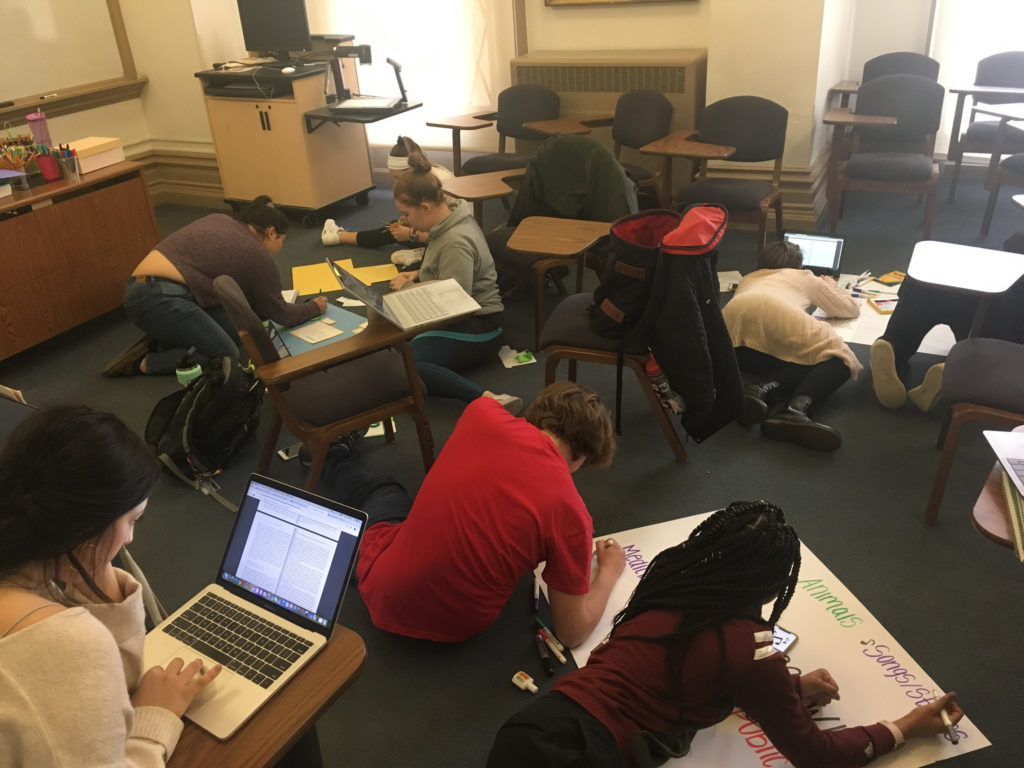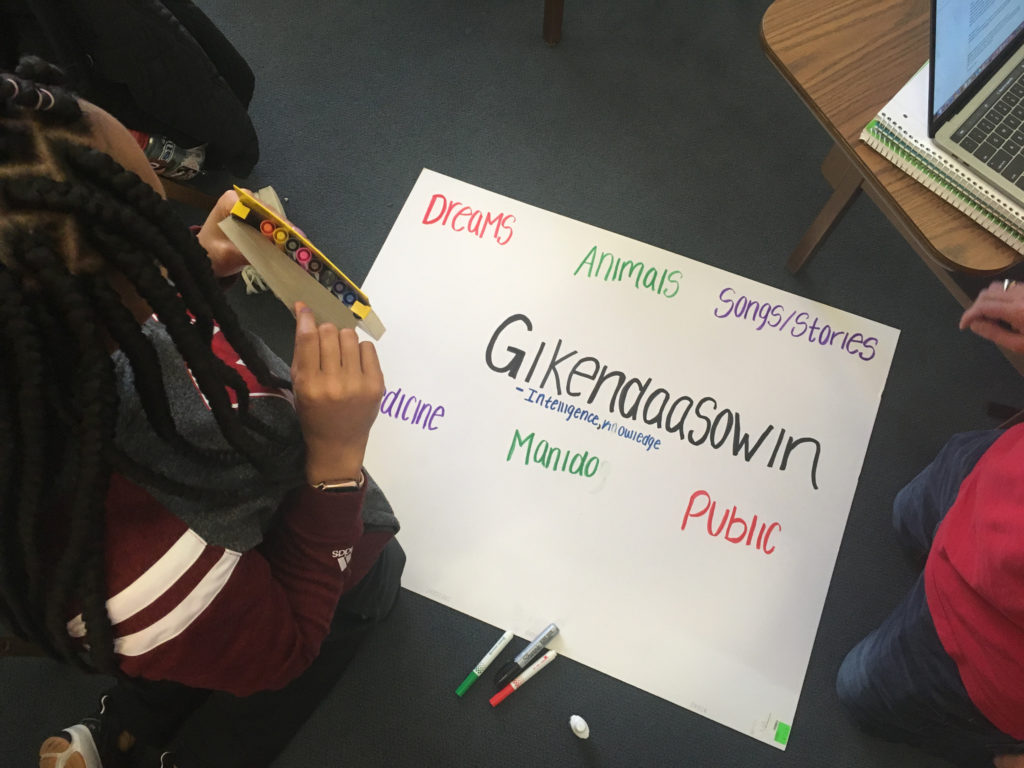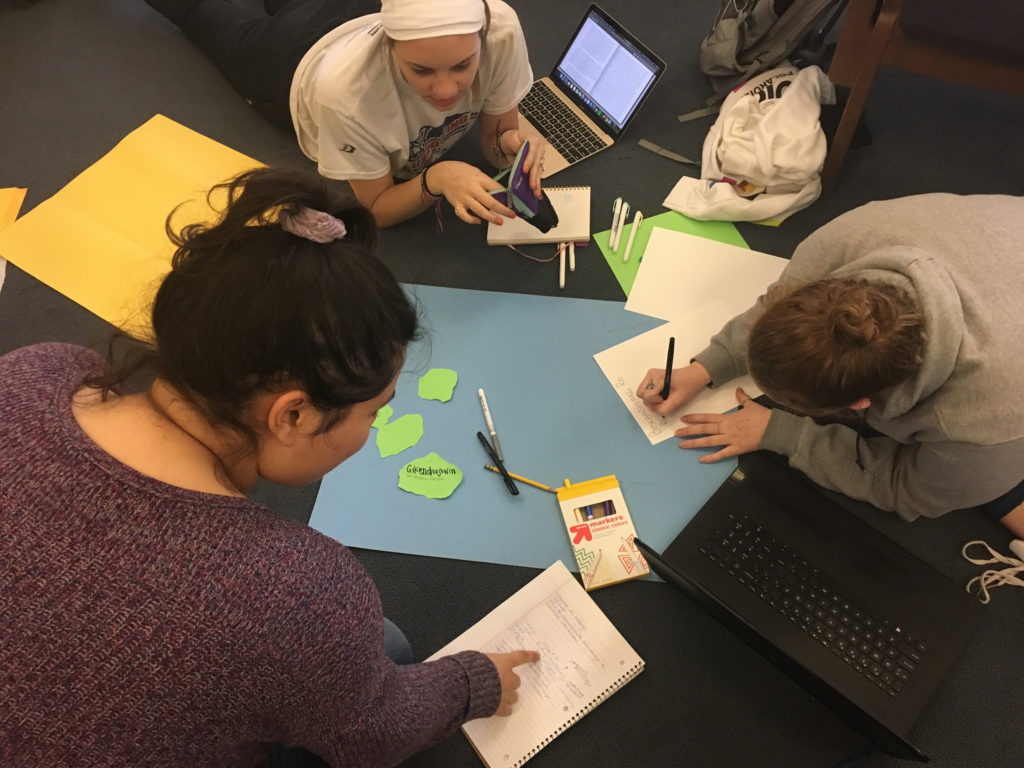Having Students Teach
There’s an old adage that to know something really well you have to teach it, an adage that’s backed up by countless studies about the concept of retrieval practice. Retrieval practice is the act of having students pull information from memory – ideas they’ve studied on their own, things they’ve read, something they heard, or data they learned in a previous class session, for example, and applying that information in a new way. By remembering information – by retrieving it – students reinforce their memory of a concept, a term, a theory, or an event, and by using it inventively, they strengthen their understanding of whatever’s in question. It’s what places like the Learning Center at the University of North Carolina call “higher order thinking,” and the use of recall to teach someone else is often thought of as the apex of learning.
As teachers, we know that teaching isn’t easy. We understand that teaching requires the repackaging of information in often complex and subtle ways. So what does it mean to have students teach other students? How do we ensure that students do a good job?

I asked my students to teach each other in three different ways this term. Each time was a little different from the last, but the effect was the same – the students had to apply their knowledge in creative ways, and they came away with a deeper appreciation for the material by the end of class than they’d had when we began.
- Teach Me!
My institution works on trimesters, not semesters (so we’re now in the break between winter and spring sessions). Early last term I walked into my modern Native history class and said “I didn’t do the reading. I’m going to need you to teach me what was important in the texts assigned for today.”
I had, in fact, done the reading. But my goal was to have students think about how to convey the essence of the texts they’d read, identify argument, and show me evidence to support that argument. I brought white-board markers, paper, sharpies, and Legos into the classroom to demonstrate that they could do anything they wanted as long as it taught me what they knew. I left them alone for twenty minutes and came back to see what they’d come up with.

First, they needed more time. They were so deeply into figuring out the most important points of the readings and how to convey them economically that they’d used up the time I allotted without realizing it. So I gave them more time, and circulated around the room to ask what they were doing. Each group had committed to some kind of timeline, but the items on the timeline, and the start and end dates, changed between groups. The readings that day had been about Hawaii in the 1890s. One group started their timeline with Captain Cook’s intrusion into the islands. Others started in 1890 with the closing of the frontier on the American mainland. Others identified the overthrow of the Hawaiian royal family as the start of what I needed to know. Once they were done we got into a discussion of these differences, and the previous knowledge and attention to key concepts (like sovereignty) they were bringing to bear on the activity. It reinforced both what they had previously learned in class as well as what they’d read for homework, and made for lively conversation between groups.
- Letters
Toward the end of term we returned to Native Hawaii, and read legal briefs, newspaper columns, and advocacy pieces on contemporary concerns in that community. I split the class into small groups of 3-4 people, and asked each group to write a letter to the head of the Department of the Interior, arguing that Native Hawaiian communities needed . . . what? The students in the class needed to identify the most pressing concerns for Native Hawaiians and consider how to make a persuasive case to someone (in this instance) hostile to their request. The activity asked each group to do research, to recall information from the readings, and to be creative in crafting a letter.
The letters were great. The students took various positions on what would be the most persuasive to a member of the current administration, some taking a PR angle, others invoking patriotism, others offering a cost-benefit analysis. Some letters were tongue-in-cheek, some sincere, and some angry. But each group relied on their collective memory of the readings to inform their letter writing, augmented that with research, and thought shrewdly about how to both tell the truth but influence their reader. Again, the letters provoked energetic conversation as we compared and contrasted their contents.

- Posters
To have students think critically about contemporary Native healthcare – healthcare provided by private practice, the government, or by reference to Indigenous practices – I had my students read an excerpt from Wendy Makoons Geniusz’s book Our Knowledge is Not Primitive. In the excerpt, Geniusz talked about Ojibwe concepts of knowledge, intelligence, and respect, and the reciprocal relationship between all animate beings that informed Ojibwe pharmacology. It was, for my students, a complicated reading, as none were Ojibwe themselves. So I asked everyone to make a zine explaining the reading to someone who’d never come across Ojibwe practices before.
My students quickly decided that a zine was too limiting, and opted to make posters instead. What I could not have anticipated was how diligently the exercise would make them pay attention to Anishinaabemowin, and how each group would use the language as a core part of their teaching. The posters varied greatly in scope and design, but they created the circumstances in which each group of students used the Ojibwe People’s Dictionary online, and thought carefully about representing concepts like dreams and apprenticeship. I kept the posters, because I was so impressed with what they had done.

Each of these activities had things in common: retrieval practice, of course, but also creativity, and the opportunity to break out of the more regular ‘read something and discuss it’ format of our class. They provided an opportunity for students who struggled with the readings to discover how much they had actually retained, and to show respect for the material with which they were tangling.
I’m a fan. And I’m looking forward to the things my students will teach me in a whole new raft of classes after spring break.